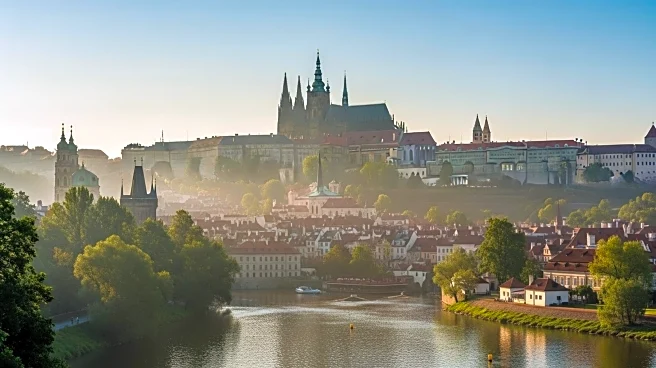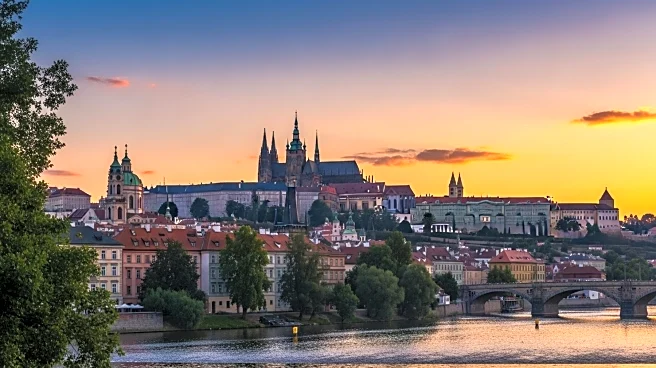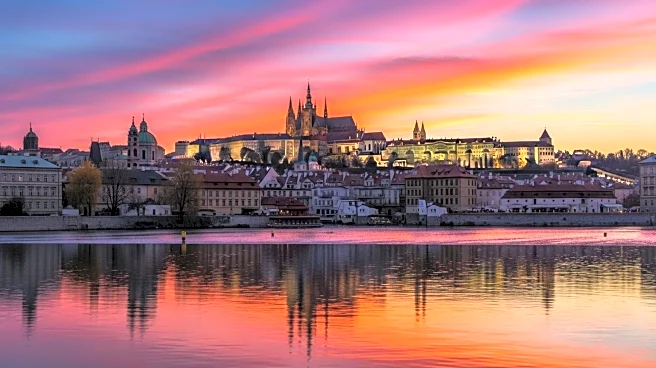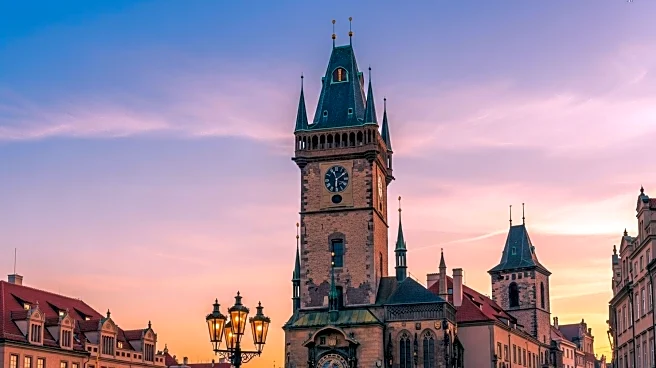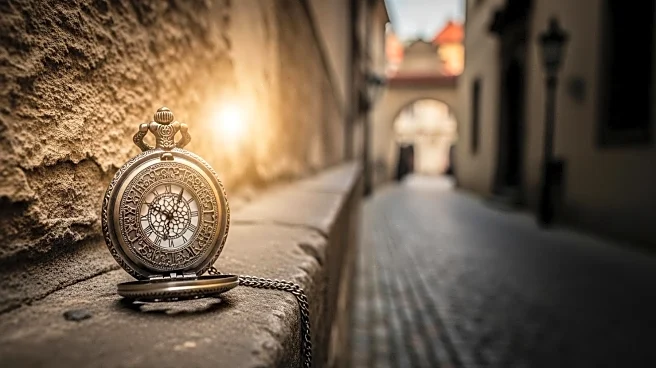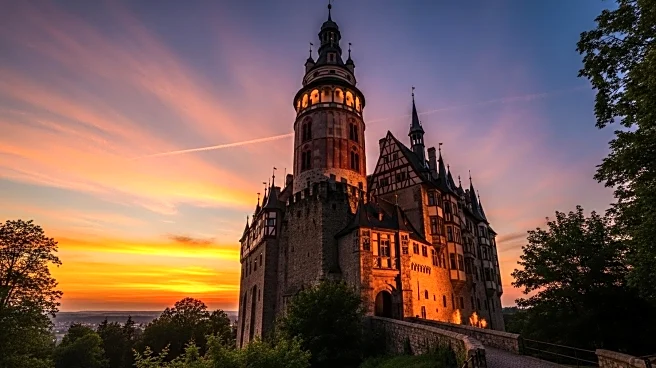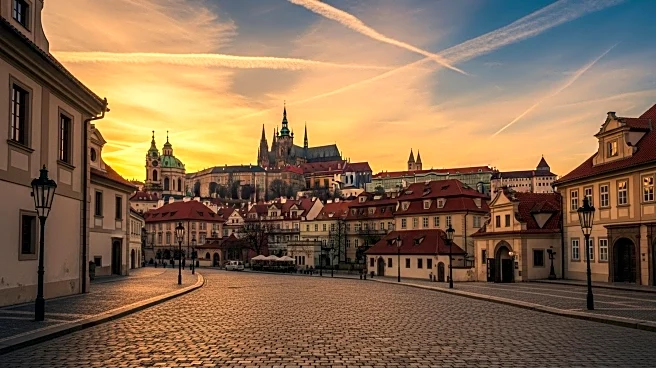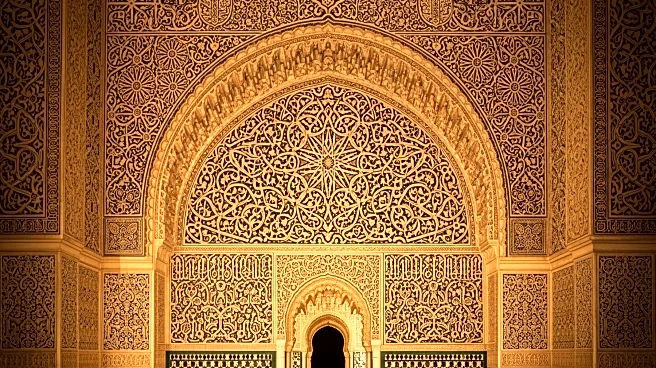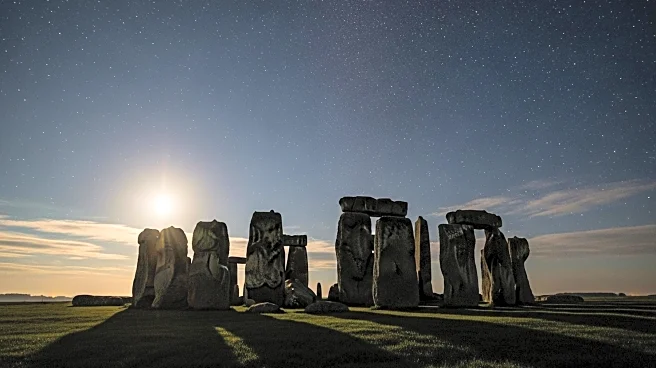Prague Castle, a historic complex in the Czech Republic, is a treasure trove of fascinating facts. Built in the 9th century, it has served as the seat of power for Bohemian kings, Holy Roman emperors, and Czech presidents. Its architectural styles, historical events, and cultural significance make it a captivating subject for exploration.
Core Facts
Prague Castle is a castle complex located in Prague, Czech Republic. It was built in the 9th century and serves as the official residence of the Czech president. The castle has been the seat of power for Bohemian kings, Holy Roman emperors, and presidents of Czechoslovakia. Its architectural styles include Baroque and Mannerism, showcasing a rich history of design evolution.
Notable Details
One notable detail about Prague Castle is its role during World War II. Hitler used the castle to proclaim Bohemia and Moravia as a German protectorate, highlighting its strategic importance. The construction of St. Vitus Cathedral within the castle complex began in 1344, marking a significant moment in Gothic architecture. These details underscore the castle's historical significance.
Comparisons and Contrasts
Prague Castle can be compared to other historic castles in Europe, such as Windsor Castle in England. While both serve as official residences, Prague Castle has a unique architectural style that reflects its Central European heritage. The castle's role in significant historical events, such as World War II, contrasts with the more ceremonial role of Windsor Castle.
Key Data Points
Key data points about Prague Castle include its construction date in the 9th century and its inclusion in the UNESCO World Heritage list in 1992. The castle's architectural styles, including Baroque and Mannerism, are significant data points that reflect its design evolution. These points provide insights into the castle's historical and cultural importance.
 Discover Daily • 8 min read
Discover Daily • 8 min read 